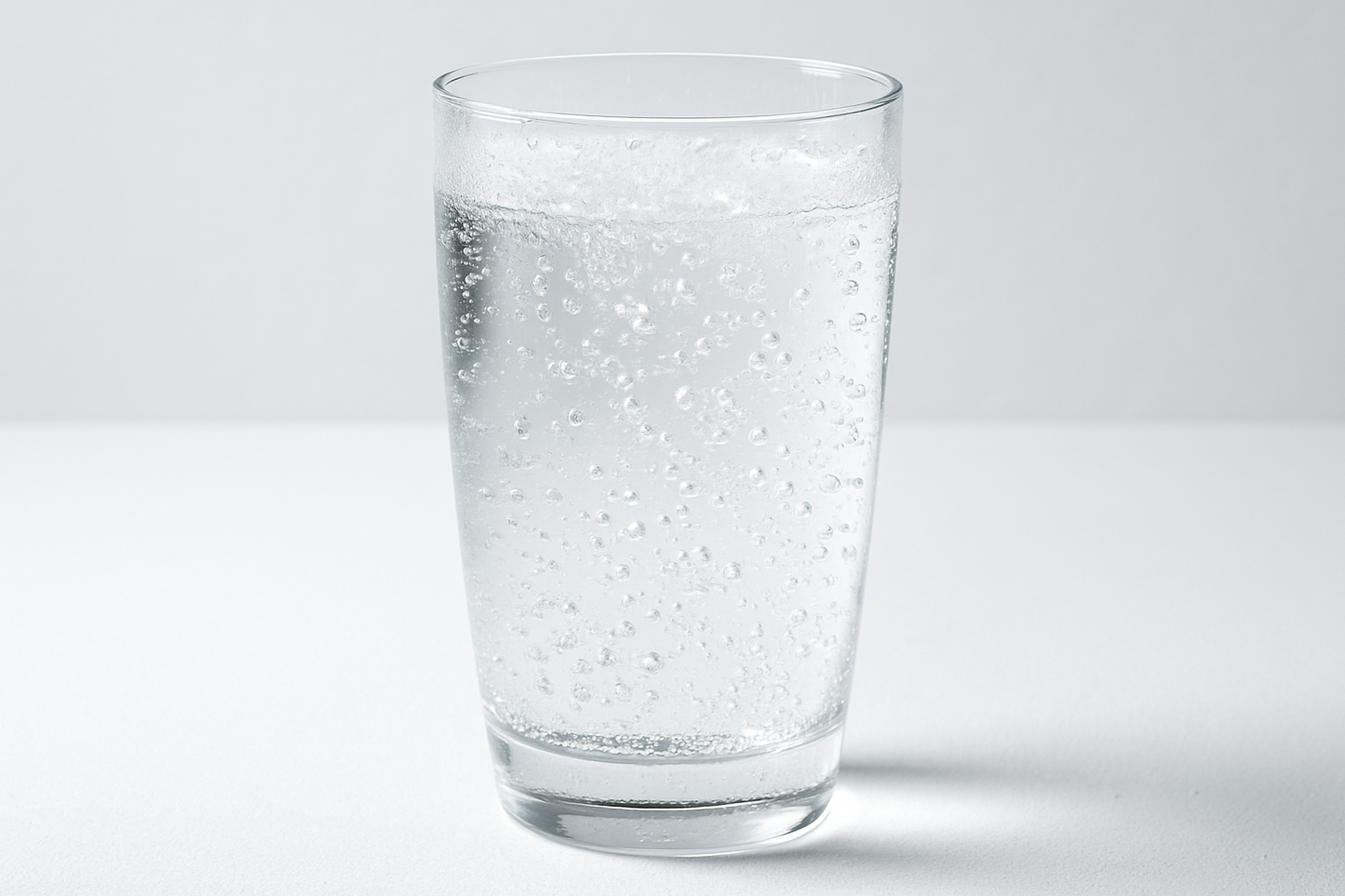
Sodium Bicarbonate and Exercise Performance
What the International Society of Sports Nutrition (ISSN) Position Stand means for real-world results, without the jargon.
The ISSN Position Stand (2021) is one of the clearest consensus documents on sodium bicarbonate as a performance aid. It integrates decades of studies in cycling, running, swimming, rowing, combat sports, and repeated-sprint tasks. This page translates that consensus into plain language you can use.
What it does during hard efforts
High-intensity efforts drive hydrogen ion accumulation in and around working muscle. Rising acidity depresses key glycolytic enzymes, reduces calcium sensitivity, and slows cross-bridge cycling, all of which feed fatigue. Sodium bicarbonate increases extracellular bicarbonate, steepens the gradient for H+ and lactate efflux, and delays the drop in pH so you can hold power longer. The ISSN review documents this mechanism across multiple models and sports, with the clearest benefits in work bouts lasting roughly thirty seconds to twelve minutes. See the official open-access article for scope and methods: J Int Soc Sports Nutr 18:61.
Who tends to benefit
Athletes who live in the severe domain benefit most: middle-distance running and swimming, rowing pieces around two thousand meters, repeated sprints on the bike or field, and intermittent team and combat sports where acidosis accumulates. The Position Stand reports efficacy in both single and multiple bouts, in men and women, and across training statuses, while acknowledging variability in individual responses.
How to use it without wrecking your gut
The Position Stand identifies 0.3 g per kg body mass as the most studied single dose with a favorable benefit-to-side-effect tradeoff. It also recognizes that 0.2 g per kg can be effective and may further reduce gastrointestinal complaints. Timing is not a guess: ingest between sixty and one hundred eighty minutes before the event so plasma bicarbonate rises into an ergogenic window. Some practitioners individualize timing to a personal peak in plasma HCO3, but the consensus still supports the sixty-to-one-eighty-minute range for most users.
Multiple-day loading is a legitimate alternative. Protocols spanning three to seven days typically use a total daily intake of 0.4 to 0.5 g per kg split across meals, often with the final dose the evening before competition. Athletes adopt this approach to reduce race-day GI risk while maintaining alkalosis. Practical mitigations include taking with a carbohydrate-rich meal, splitting doses, or using enteric-coated capsules. These tactics are discussed throughout the Position Stand and in studies it cites.
What to expect and what not to overpromise
Ergogenic gains are context-specific. The largest and most consistent improvements appear in severe-intensity windows where acidosis is limiting. In ultra-short tasks, the window may be too brief to matter; in longer endurance events, benefits tend to surface during surges and end-sprints rather than across an entire hour. Long-term use around training may support greater adaptations in some programs, but that remains a developing area and should be presented as a possibility, not a guarantee, exactly as the Position Stand notes.
Stacking with other aids
The intracellular–extracellular buffering complement is the cleanest logic for combinations. Beta-alanine increases muscle carnosine and intracellular buffering; sodium bicarbonate augments extracellular buffering, so pairing can be additive in some protocols. Creatine plus bicarbonate also shows additive effects in several studies. Evidence for synergy with caffeine or nitrates is mixed; the Position Stand advises caution in assuming additivity there.
Side-effects and realistic constraints
Even when dosed and timed well, some individuals experience bloating, nausea, or abdominal pain. The Position Stand emphasizes that lower single doses, longer lead times before the event, co-ingestion with food, split dosing, and enteric-coated capsules are practical ways to reduce incidence and severity. It also highlights expectancy effects: some portion of observed benefit in the literature can be placebo-driven, although physiological alkalosis remains the primary mechanism of action.
Reference and original source
The authoritative, open-access consensus is published here: International Society of Sports Nutrition Position Stand: Sodium Bicarbonate and Exercise Performance. If you implement this in practice, test your personal dose and timing during training before any race-critical use.
Citation: Grgic J, Pedisic Z, Saunders B, et al. J Int Soc Sports Nutr. 2021;18:61. DOI: 10.1186/s12970-021-00458-w.
